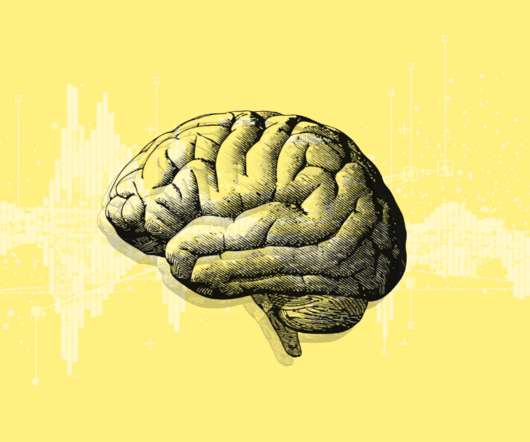10 vital HR metrics to track for your business
Business Management Daily
JANUARY 20, 2023
Why HR needs data analytics Why is data analytics crucial to HR’s role in the organization? Rigolizzo: Particularly within HR, data analytics is essential and not something HR has traditionally used as a key tool, but the use of data to make decisions is becoming commonplace, and therefore HR data analytics careers are in high demand.
















Let's personalize your content